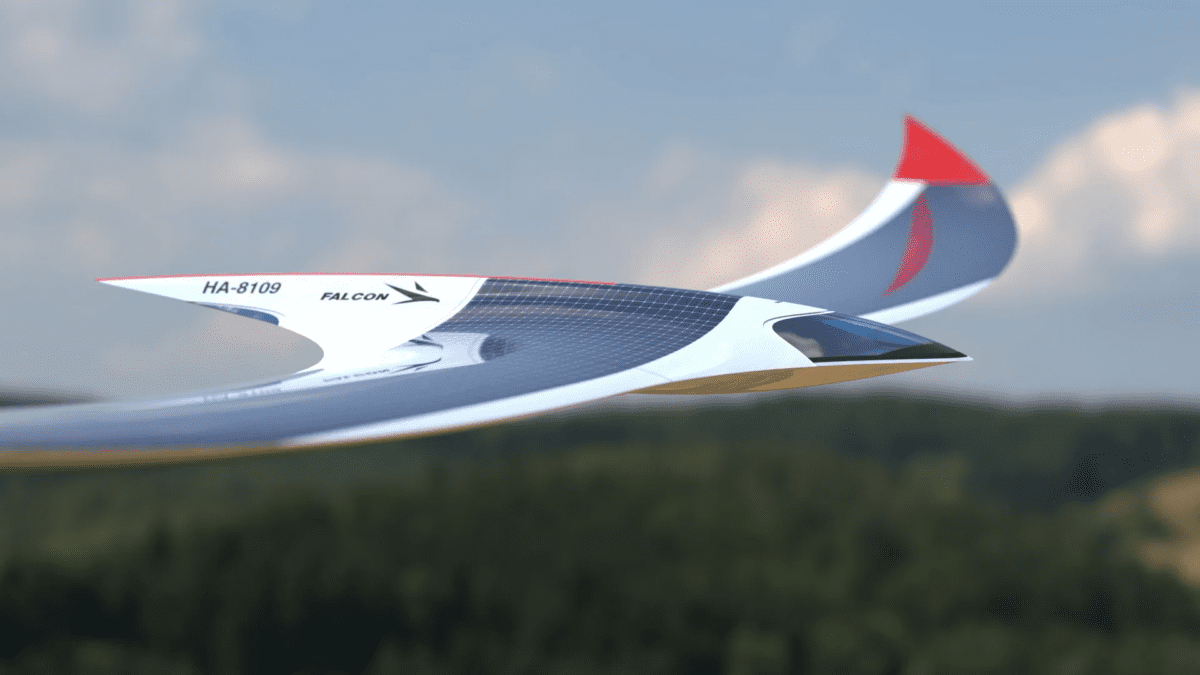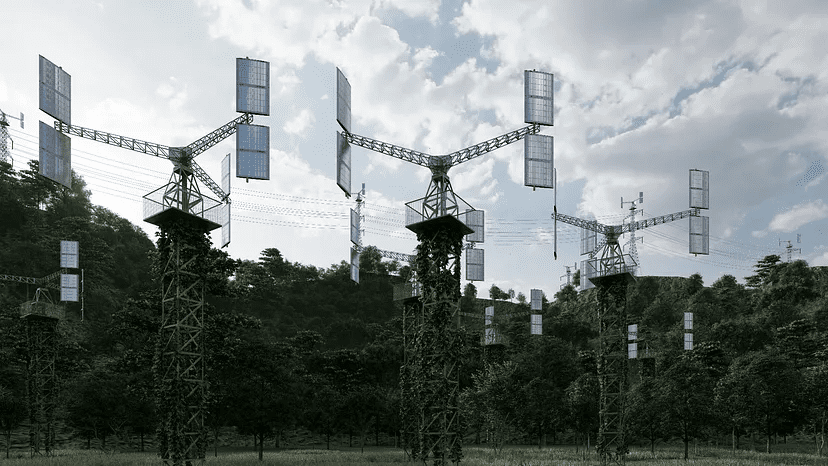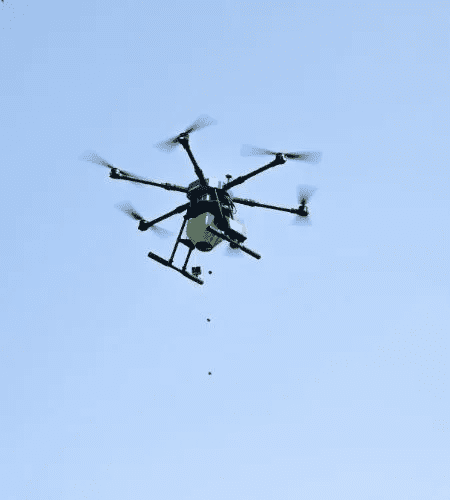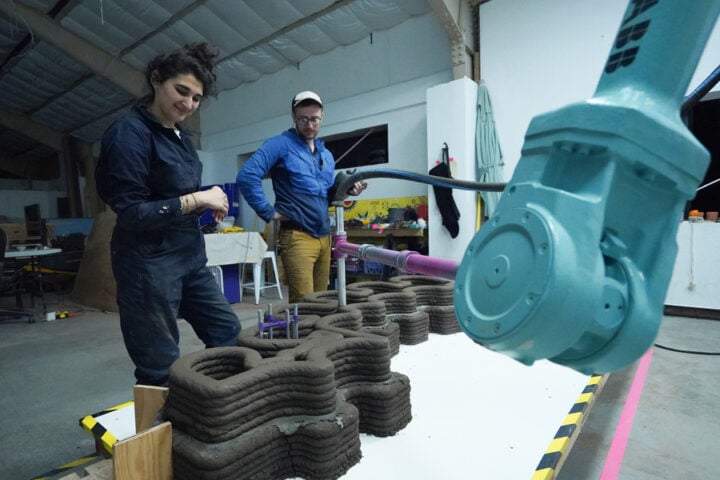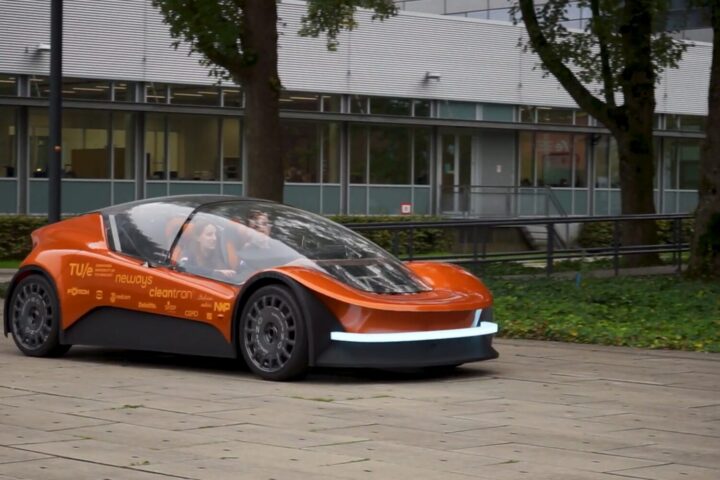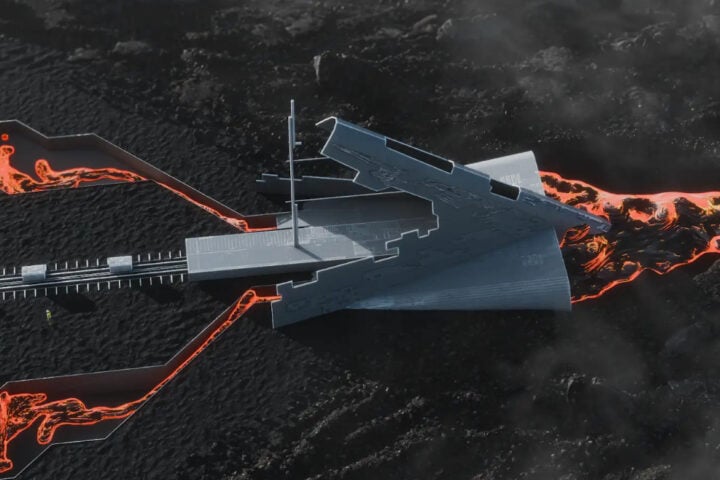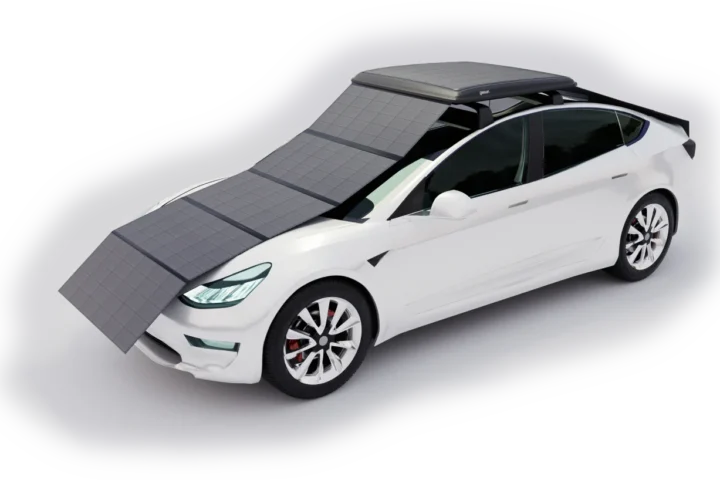In an era where renewable energy is not just an alternative but a necessity, László Németh of Lasky Design introduces a revolutionary concept that could redefine the future of aviation. The Falcon Solar, an aircraft design concept, emerges from the drawing board with an ambitious promise: to achieve solar-powered flight with zero emissions. This isn’t just a futuristic fantasy; it’s a critical response to the growing energy demands and environmental concerns shadowing technological advancements and burgeoning global populations.
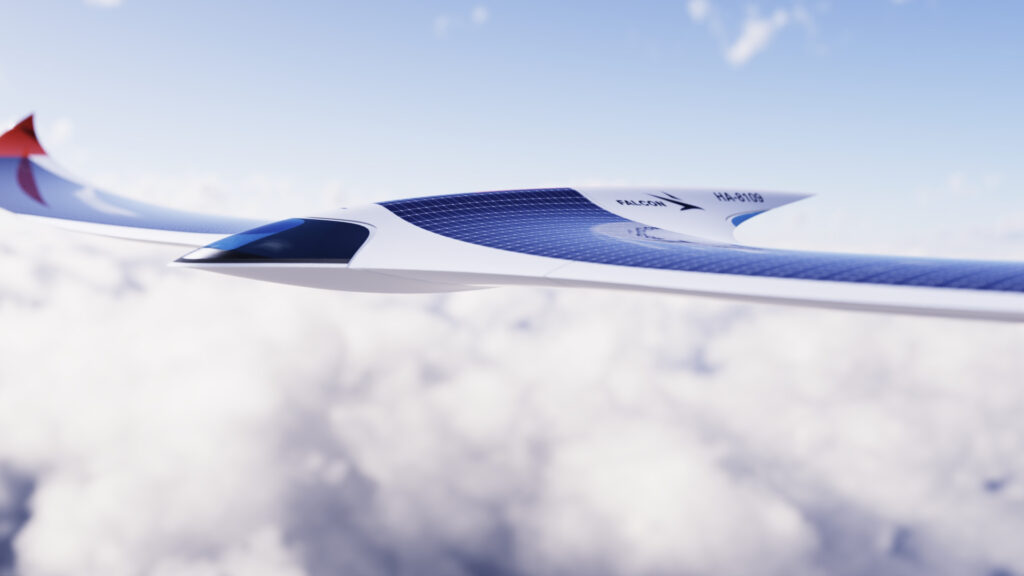
Németh’s inspiration draws from the natural world, specifically raptors. “The design is inspired by the bodies of birds of prey,” he explained in a conversation with IE. This biomimicry isn’t merely aesthetic. Birds of prey are renowned for their flight efficiency, a quality that the Falcon Solar aims to emulate. “Nature has long provided engineers and designers with good inspiration,” Németh acknowledges, emphasizing the importance of harmony with the natural world in technological innovation.
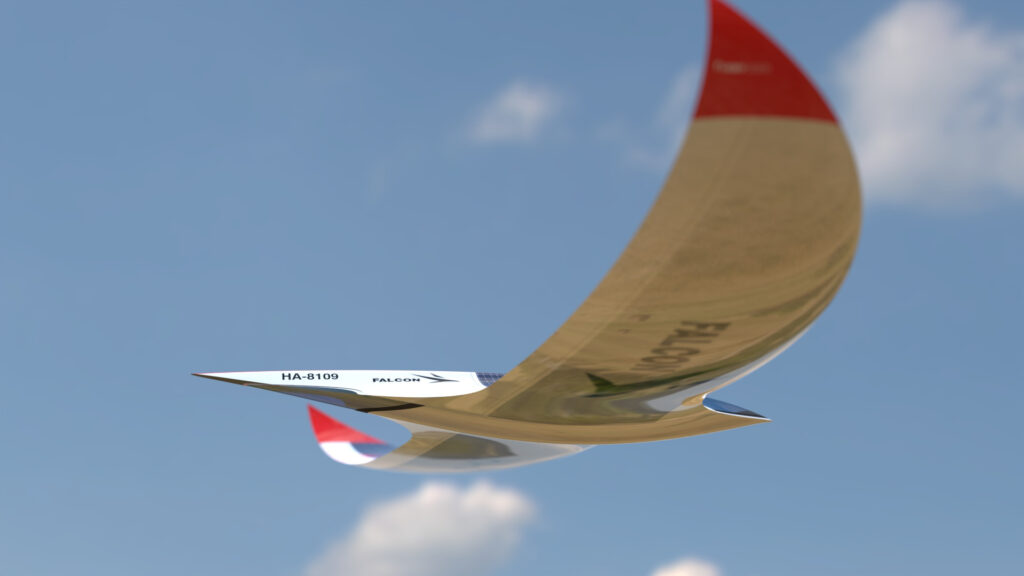
However, the Falcon Solar presents more than an eco-friendly promise; it’s a challenge to the status quo. Traditional aircraft rely heavily on fossil fuels, and while they can travel at impressive speeds, they do so at significant environmental and energy costs. Németh questions these norms: “Today we can fly above the speed of sound, but at what environmental cost? At what energy cost?” These queries aren’t just rhetorical; they form the foundation of the Falcon Solar’s design philosophy.
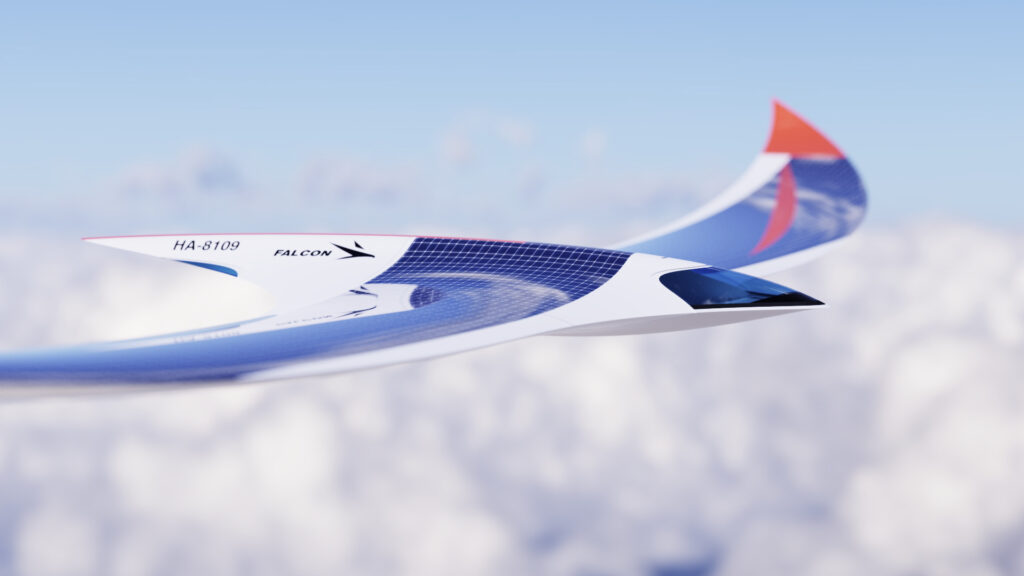
The aircraft’s design is a radical departure from conventional models, employing what’s known as a “flying wing” configuration. This approach allows the fuselage to contribute to lift, not just weight and drag, while providing ample space for solar panels. The large wings, reminiscent of a falcon’s, aren’t just for show; they’re a critical component of the craft’s solar energy-harvesting system.
Similar Posts
“Solar-powered aircraft typically fly at higher altitudes, where propeller propulsion is more likely to provide sufficient efficiency,” Németh points out, addressing potential skepticism regarding the aircraft’s performance in less-than-ideal weather conditions or during nighttime. The high-altitude flight can mitigate these issues, but it also introduces new challenges, such as extreme cold, which can affect battery performance.
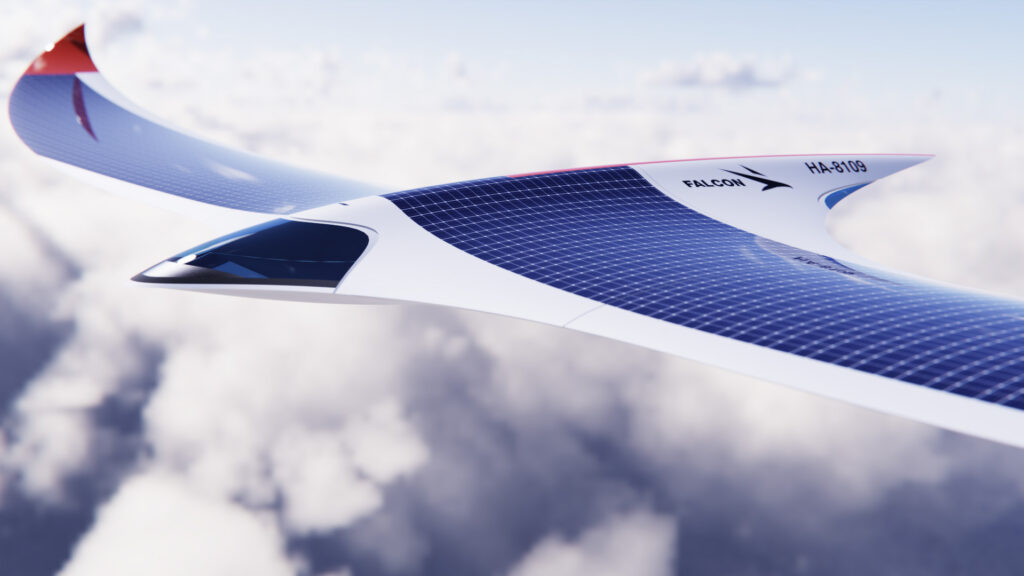
Despite these hurdles, Németh’s confidence in solar aviation technology is unwavering. “I believe that modern technology is sufficiently advanced to allow us to fly on solar power. It is time for the world to do that,” he asserts. This conviction doesn’t come from blind optimism but a realistic understanding of technological progress and the urgent need for sustainability.
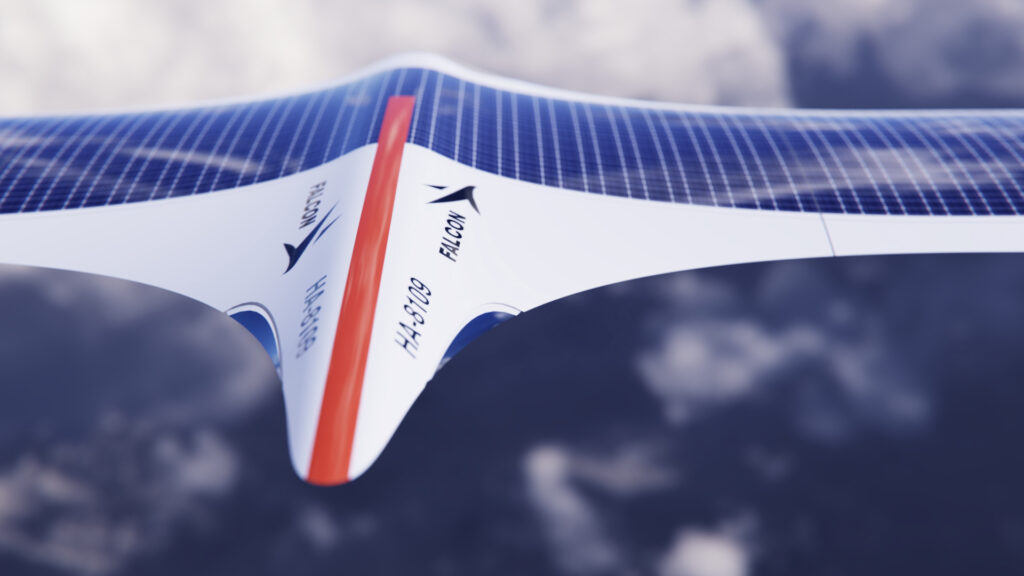
The Falcon Solar, while still a concept, represents a bold step forward in aviation. It’s not just about breaking speed records; it’s about redefining what’s possible. Németh envisions a future where air travel is not only faster and more efficient but also harmonious with the environment. This vision, however, will require more than advanced solar panels and efficient designs; it will necessitate a fundamental shift in how we perceive air travel and energy consumption.
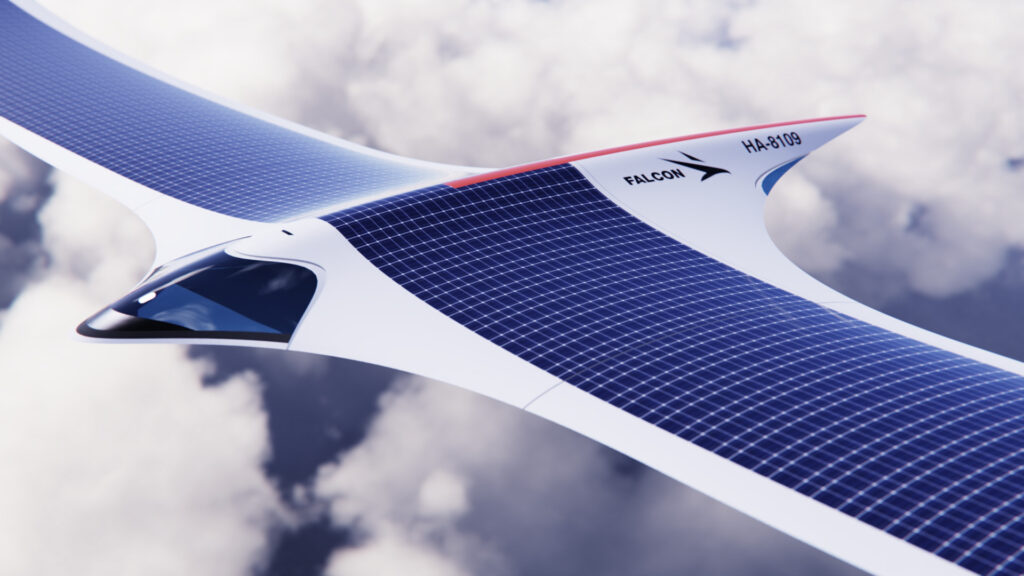
As companies worldwide invest in zero-emission technologies, the Falcon Solar stands as a symbol of potential change. It challenges us to reimagine the skies not as a playground for the wealthy or a battlefield for corporations, but as a shared resource that we must protect and sustain for future generations.
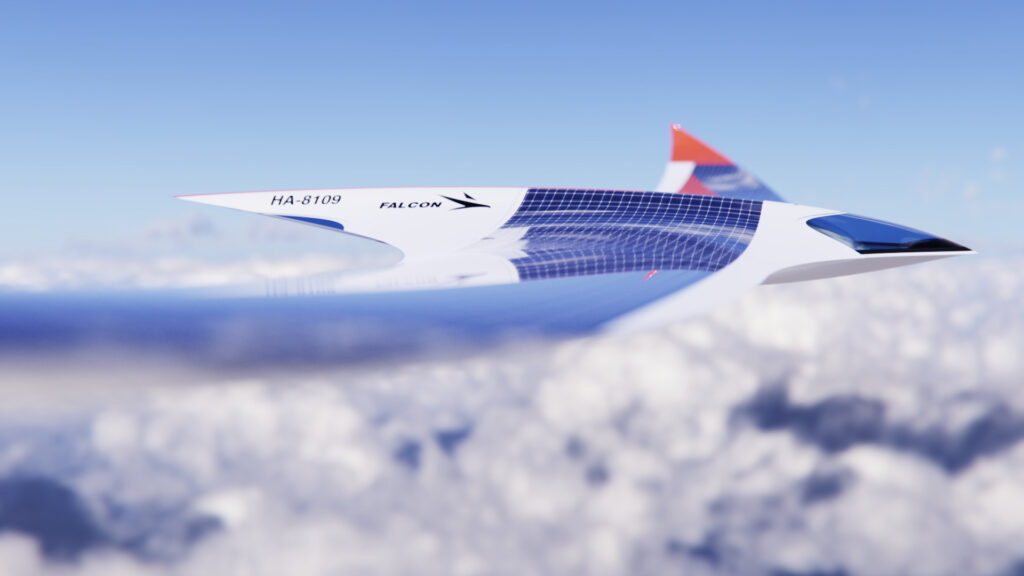
In the words of Németh, the Falcon Solar is more than an aircraft; it’s a new perspective on sustainable aviation. Whether this perspective takes flight will depend on the industry’s courage to innovate and the willingness of society to embrace cleaner skies.
